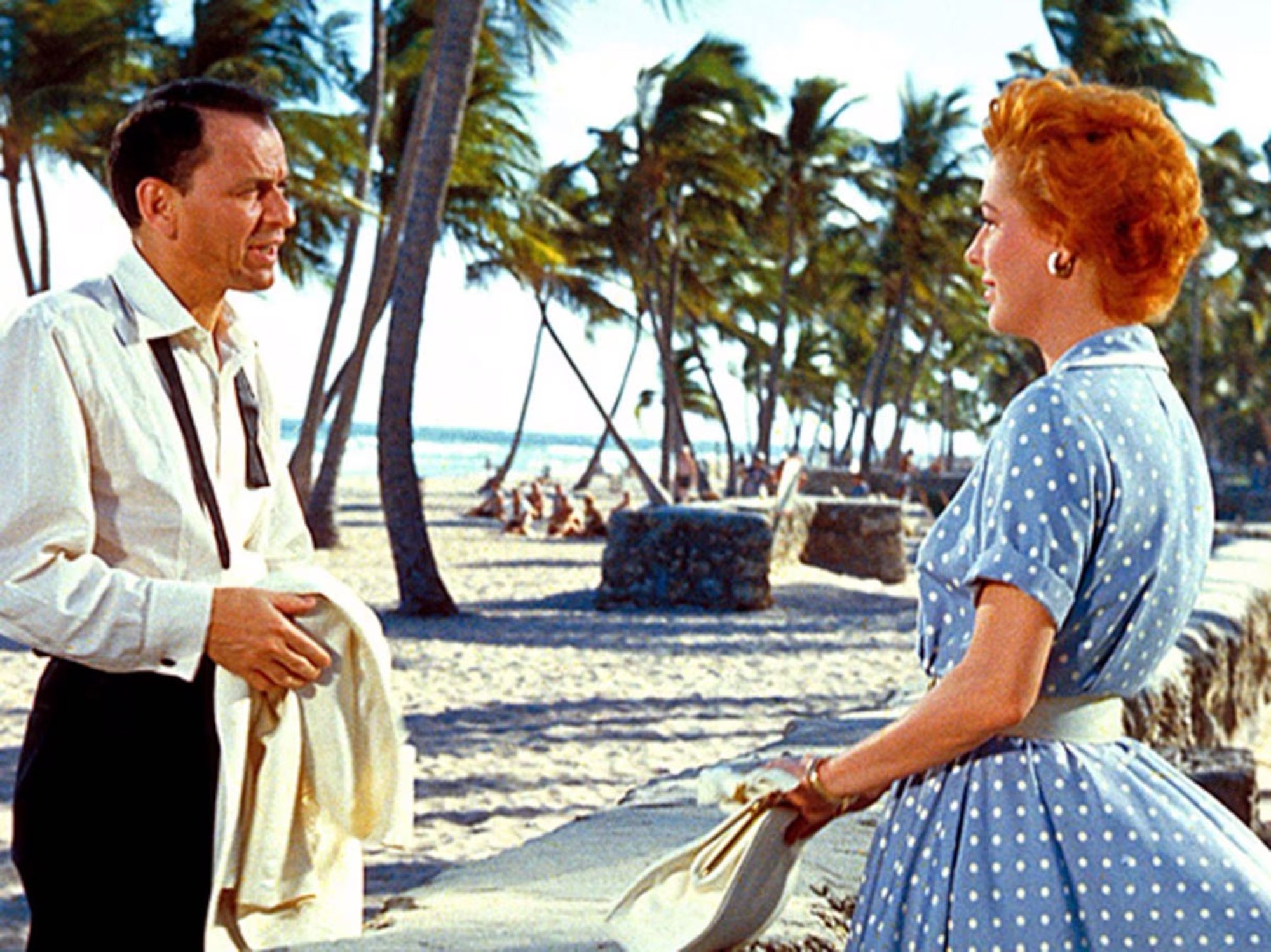Listen to this episode on Apple Podcasts or Spotify.
In the mid-1930s, Fritz Lang fled Hitler and left a successful film career in Germany behind to come to America. After a 20 year career in Hollywood, Lang went back to a much-changed Germany to make two films that he had first developed in the 1920s, set in India but largely cast with non-Indian performers in brownface. Even Lang’s collaborators were concerned that these films, The Tiger of Eschnapur and The Indian Tomb, were politically incorrect and out-of-date. How did the director behind some of the most influential films ever made end up here, and how can we understand his late movies – and his appearance as himself in Jean-Luc Godard’s Contempt – as the culmination of all that came before?
SHOW NOTES:
Sources:
“Lovers, Filmmakers, and Nazis: Fritz Lang’s Last Two Movies As Autobiography” by Michael Tratner
“The Closing of Fate’s Circle: Fritz Lang’s ‘Indian Epic’” Patrick Friel, Cineaste, Fall 2011
“Oh, That Tiger!: Fritz Lang’s Indian Epics,” Michael Barrett, Popmatters, December 12, 2019
”Come On, Baby, Be My Tiger: Inventing India on the German Screen in ‘Der Tiger von Eschnapur’ and ‘Das indische Grabmal’” by Meenakshi Shedde and Vinzenz Hediger. Rouge, June 2005
Who the Devil Made It? by Peter Bogdanovich
Fritz Lang: Interviews edited by Barry Keith Grant
Fritz Lang: Nature of the Beast, A Biography by Patrick McGilligan
Fritz Lang On-Camera Interview, 1975
Films of Fritz Lang by Frederick Ott
The Films of Fritz Lang: Allegories of Vision and Modernity by Tom Gunning
Please note: as an Amazon Associate, Karina earns from qualifying purchases. #ad
Music:
The music used in this episode, with the exception of the intro, was sourced from royalty-free music libraries and licensed music collections. The intro includes a clip from the film Casablanca.
Excerpts from the following songs were used throughout the episode:
"Temperance” - Eltham House
"Cran Ras” - Vermouth
"Krok” - Simple Machines
"Blue Feather” - Kevin MacLeod
“Borough” - Molerider
“Peaceful Piano” - Musique Libre de Droit Club
“Jat Poure” - The Sweet Hots
“Song at the End of TImes” - Limoncello
“The Maison” - Desjardins
“Cobalt Blue” - Marble Run
“Coquelicot” - Magenta
“El Tajo” - Cholate
“Heather” - Migration
“Mosic” - Textiles
“Vdet” - Fjell
“Gale” - Migration
This episode was written, narrated, edited and produced by Karina Longworth.
Our editor this season is Evan Viola.
Research, production, and social media assistant: Brendan Whalen.
Logo design: Teddy Blanks.









